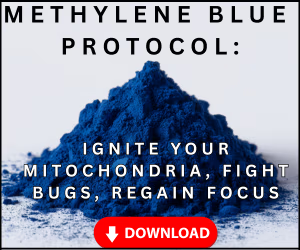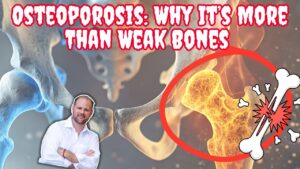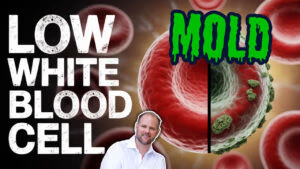Can Your Body Rust from the Inside Out?
Hey folks. Today, I want to delve into an intriguing topic – can your body rust from the inside out? Sounds alarming, right? Well, it’s closer to the truth than you might think. I’ve seen a high percentage of people with chronic diseases and illnesses showing elevated markers, which are often overlooked by both conventional and alternative healthcare systems.
A Life-Changing Case Study
So let’s dive into a case study of a woman who significantly improved her health by addressing these markers. She was able to reduce her dependence on a rollator by 75% – a life-changing improvement. And it’s all because we ran the right tests and tailored a plan specifically for her needs.
The Power of Ferritin Levels
We’ll take a look at her labs, focusing on pre and post results. One of the essential markers we examined is called ferritin – a marker for iron storage. When ferritin levels are elevated due to chronic inflammation, your body’s antioxidant capacity is depleted, making it harder for your body to heal and function. In this case, we managed to reduce her ferritin levels from 363 to 106 within ten weeks, enabling her body to heal and function optimally.
Addressing RBC and Hematocrit Levels
We also checked her RBC and hematocrit levels, which returned to a normal range after our intervention. Furthermore, we thoroughly examined her thyroid panel, focusing on reverse T3 levels.
High reverse T3 levels indicate that your body is struggling to function effectively, and it’s often linked to stress. After ten weeks, her reverse T3 levels significantly decreased, showing that her body was healing and functioning optimally.
Personalized Health Plans: The Key to Hope and Healing
This case study demonstrates the power of personalized health plans based on comprehensive lab tests. We might not have all the answers, but we’re moving in the right direction, providing hope and the possibility of a healthier life. So, remember, where there is help, there’s hope.
Frequently Asked Questions (FAQ)
This metaphor describes a real process where chronic inflammation leads to elevated markers like ferritin (iron storage). High ferritin depletes your body's antioxidant capacity, creating oxidative stress that damages cells and tissues, similar to how metal rusts. This often-overlooked condition is common in people with chronic illnesses.
The ferritin test is crucial for identifying "internal rusting." In the case study, reducing ferritin from a high level of 363 down to 106 within ten weeks was a key factor that allowed the client's body to heal, leading to a 75% reduction in her need for a rollator and significantly improved function.
A comprehensive approach should also include RBC (red blood cell) and hematocrit levels, as well as a full thyroid panel with a specific focus on reverse T3. High reverse T3 levels indicate the body is under stress and struggling to function effectively, and improving this marker is a sign of healing.







